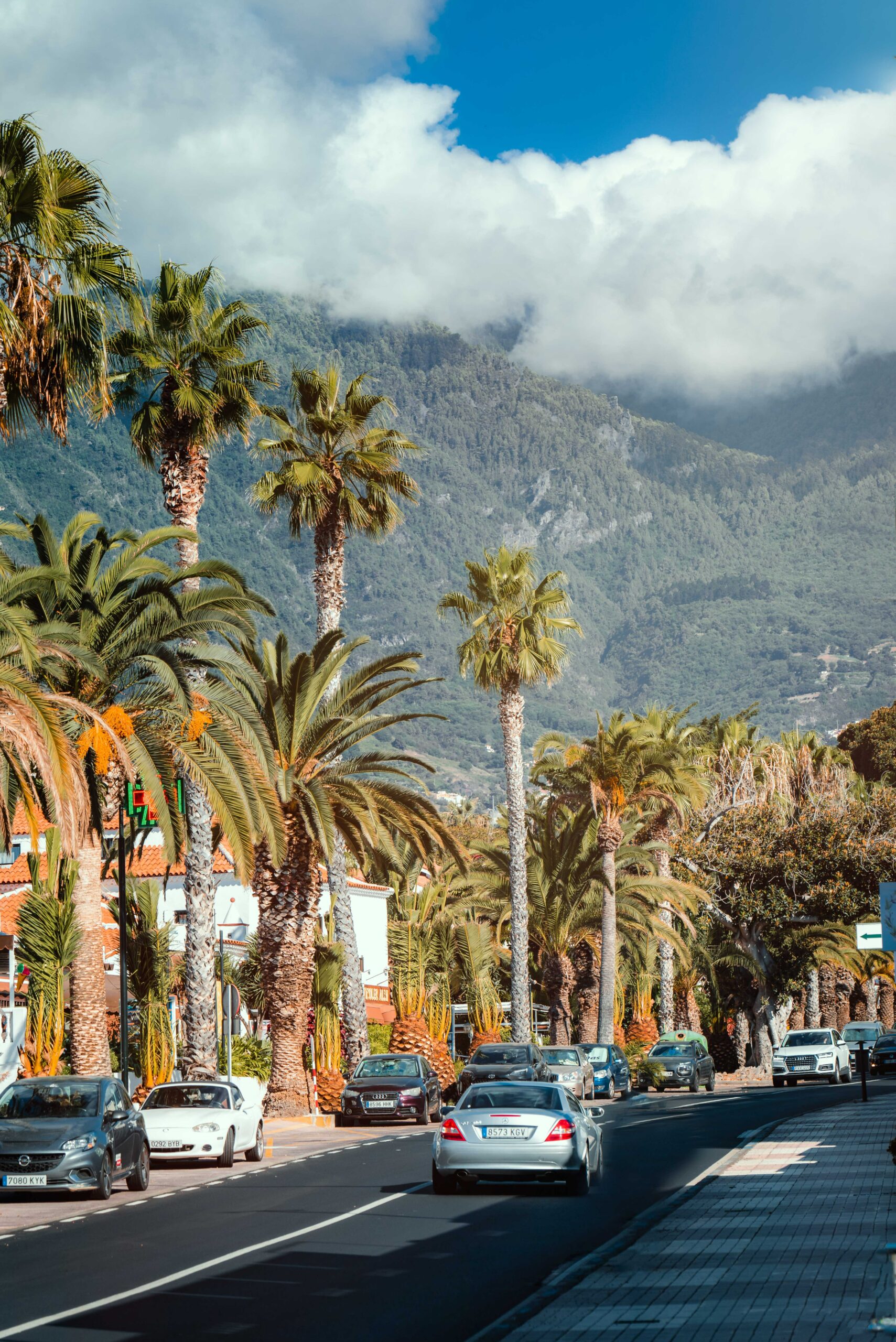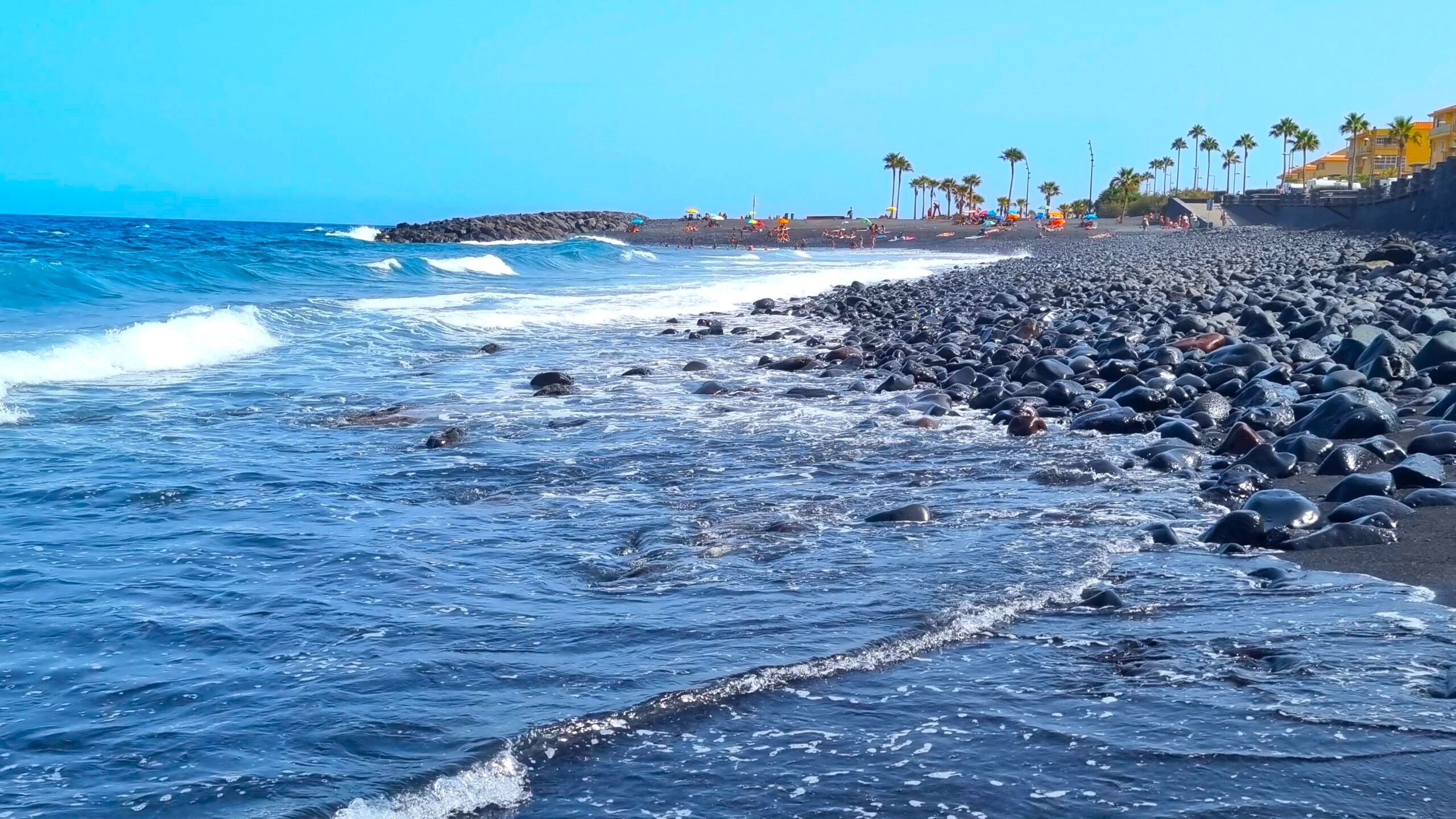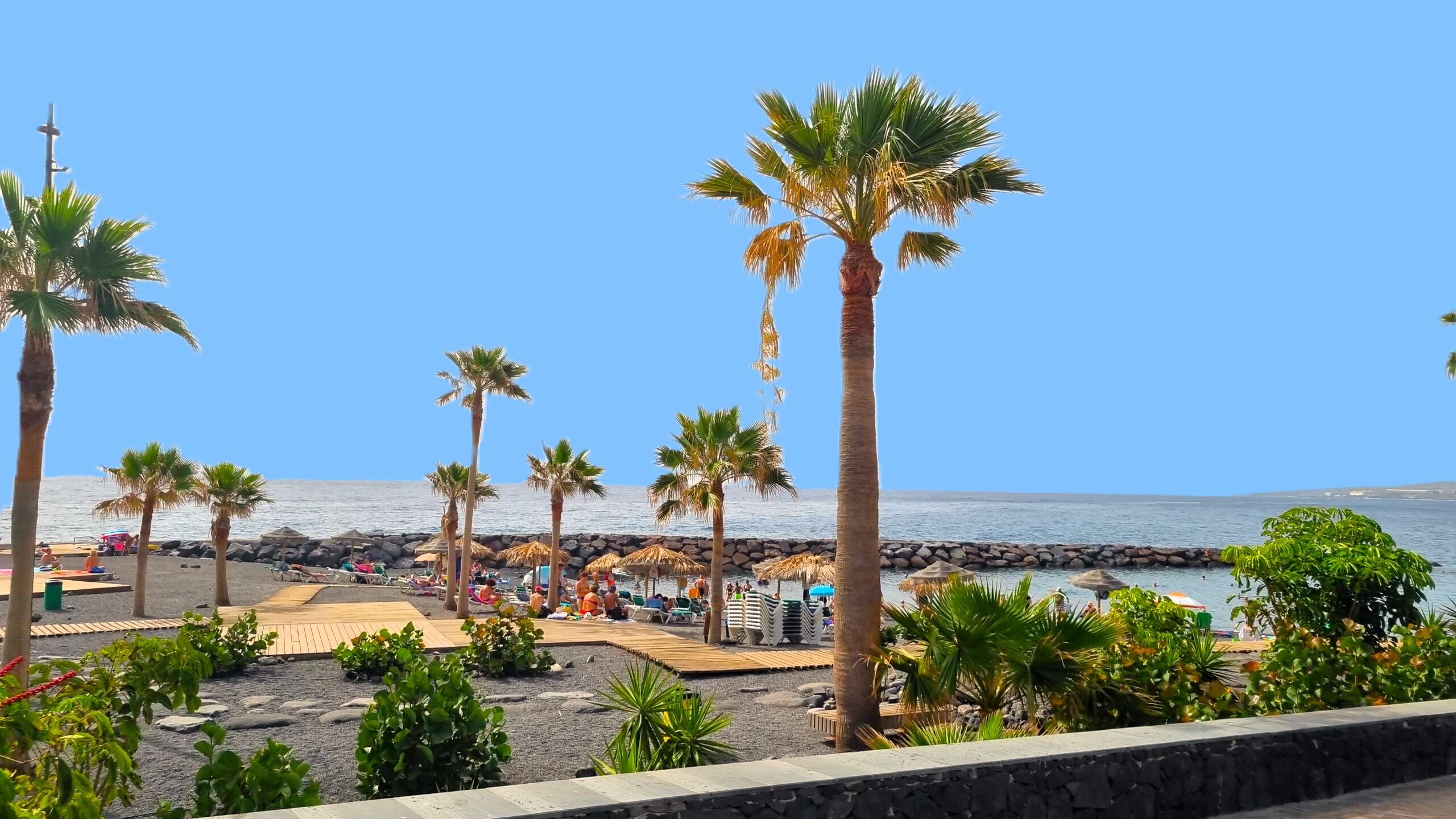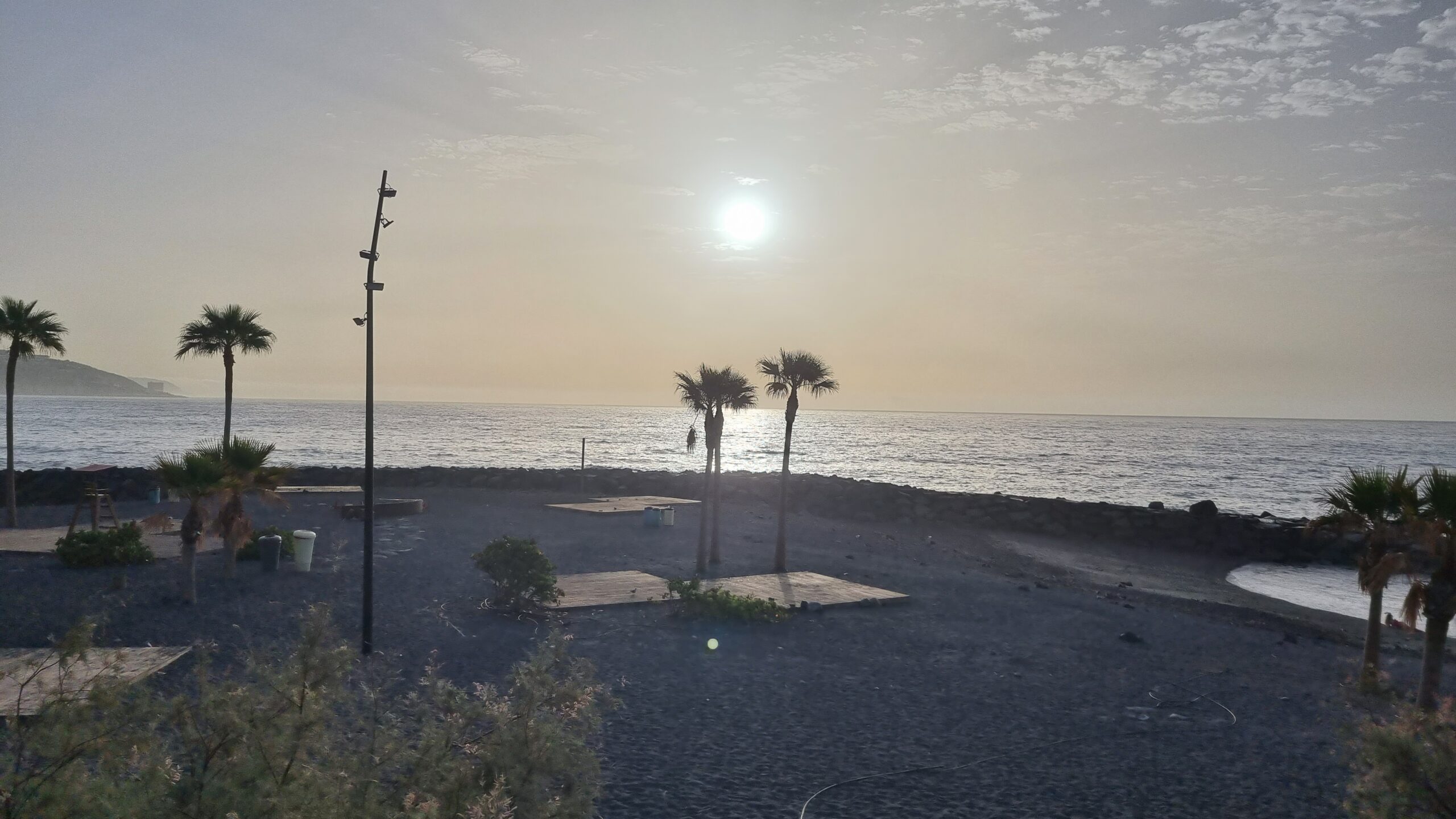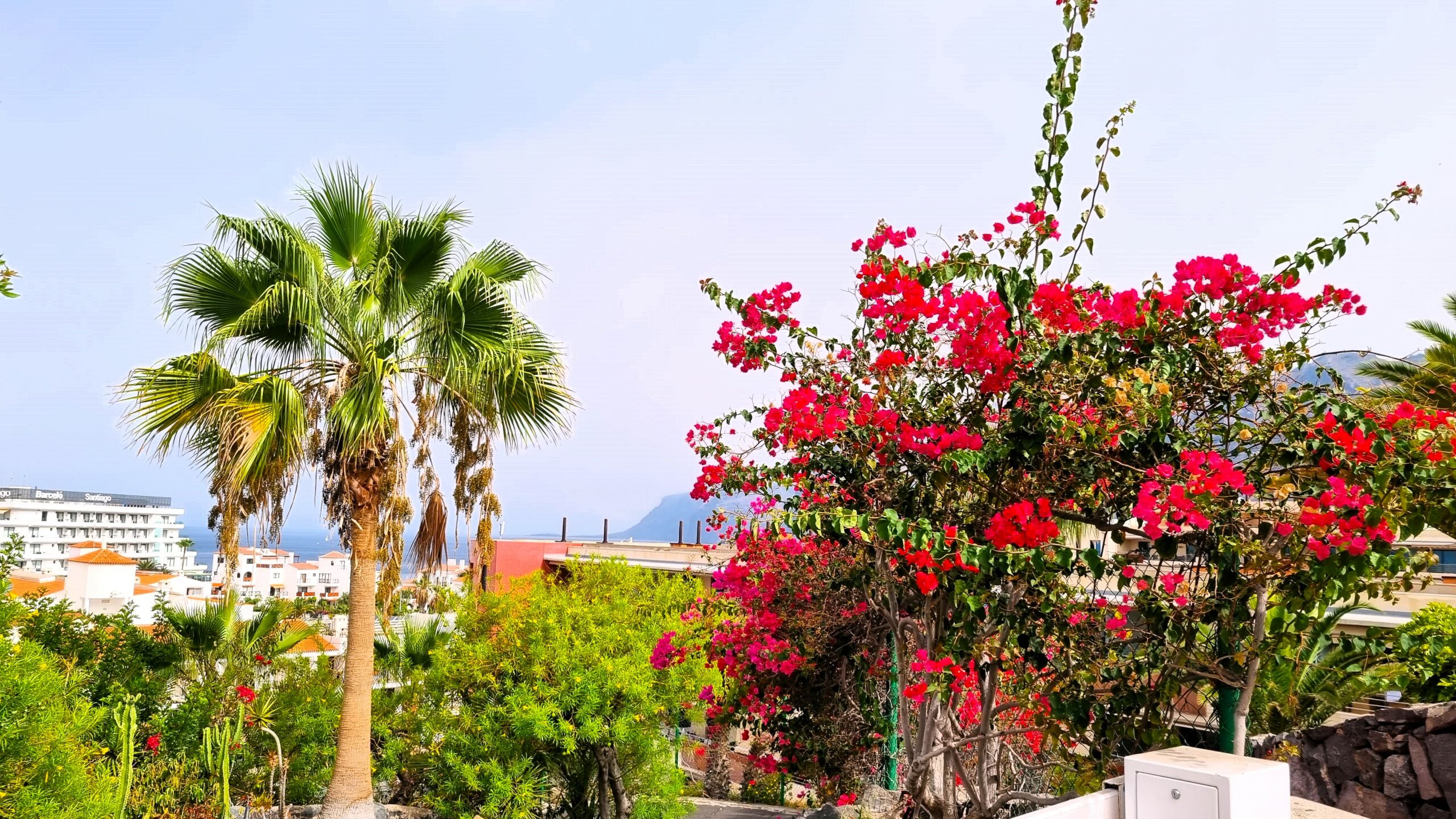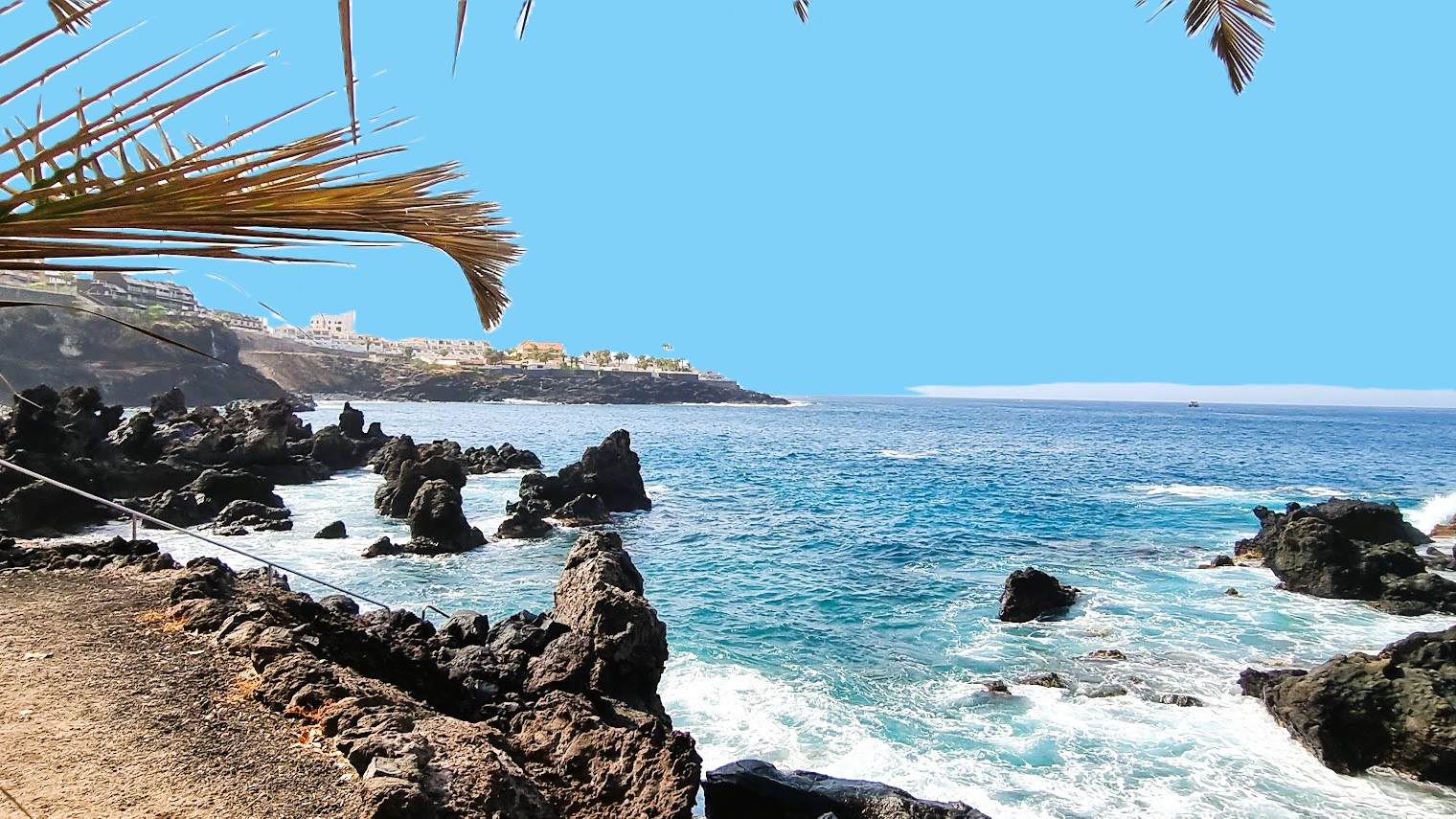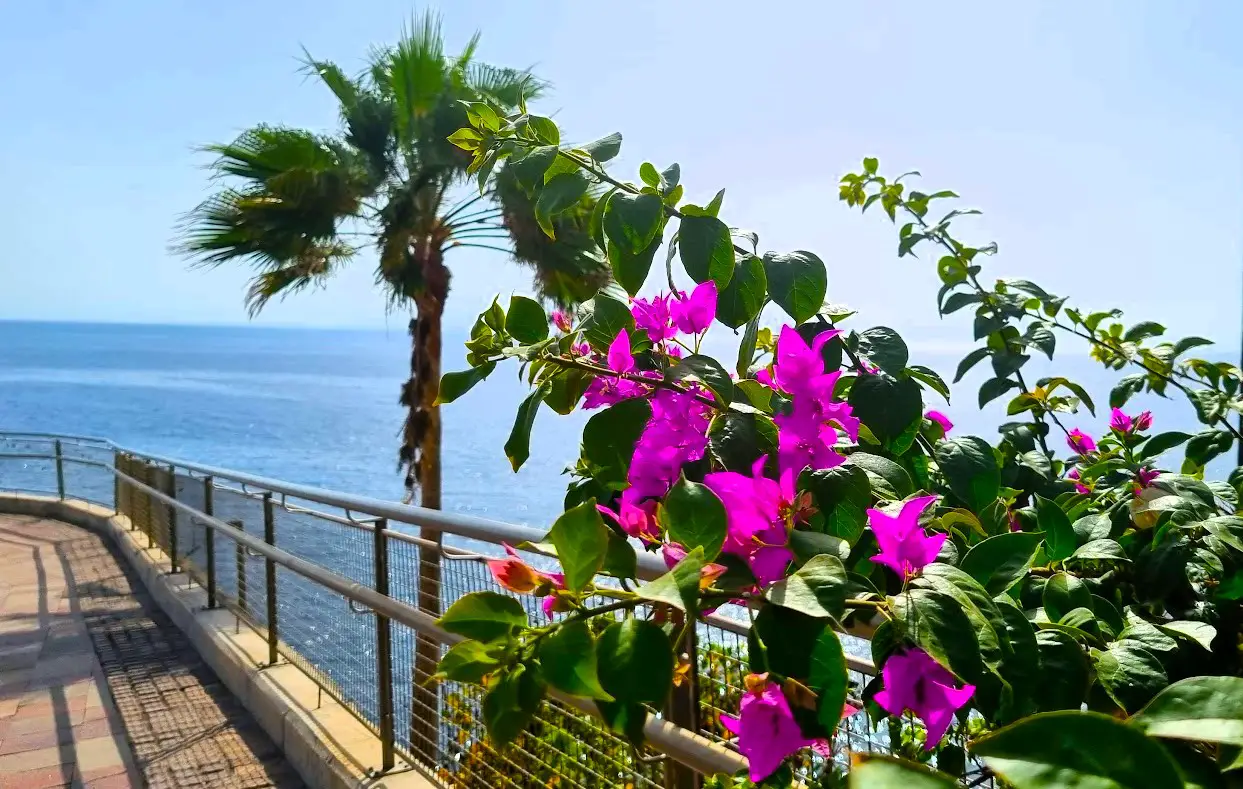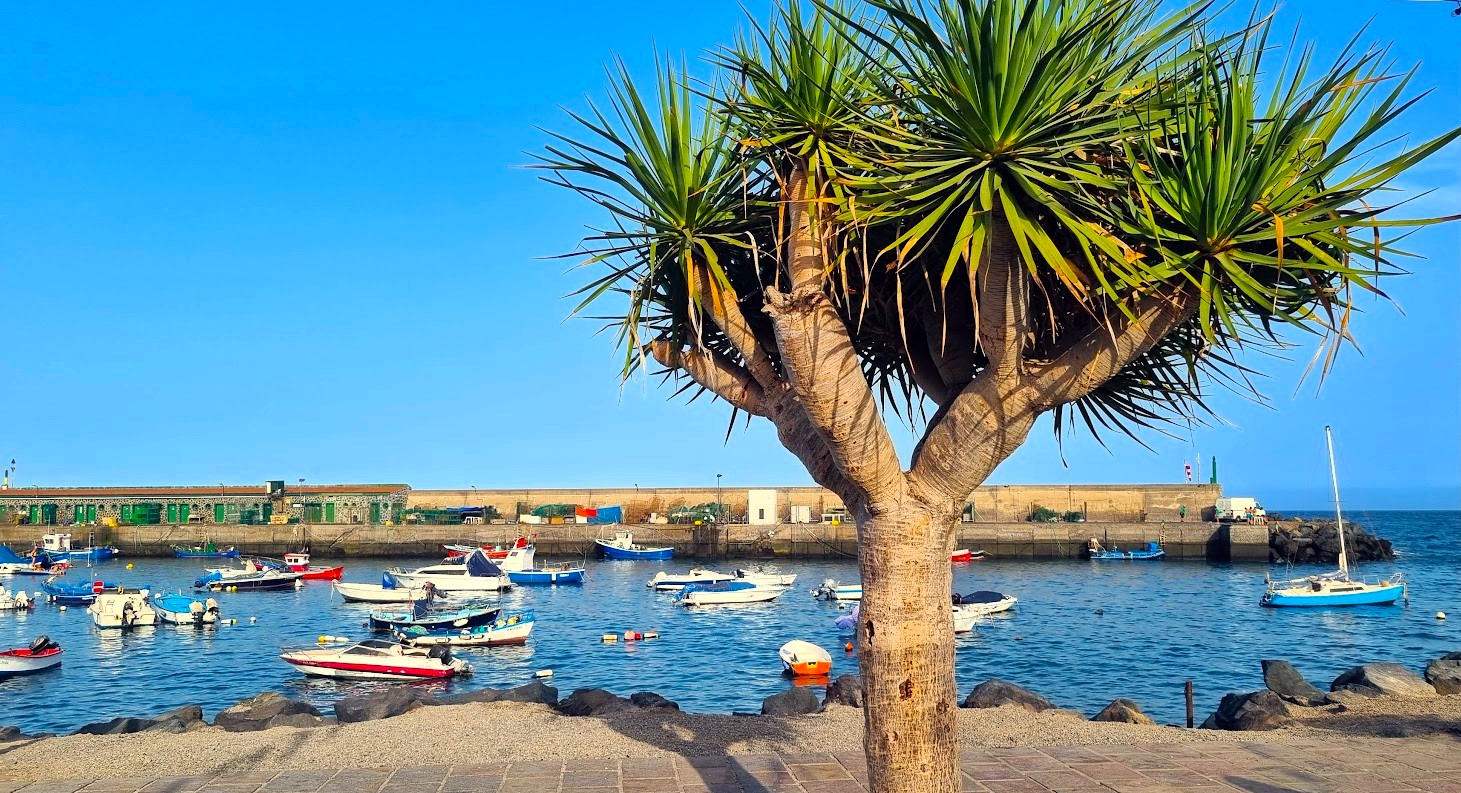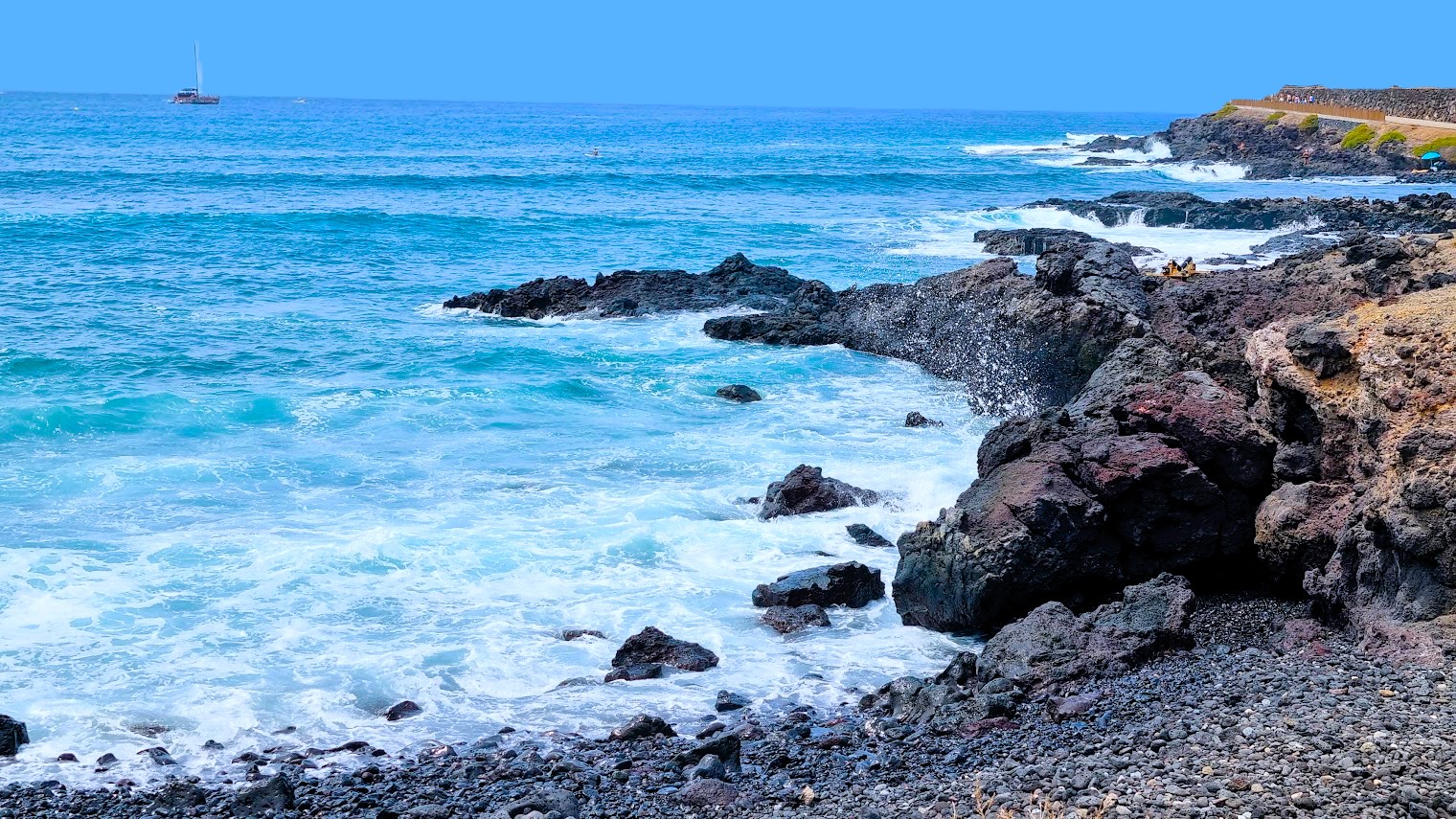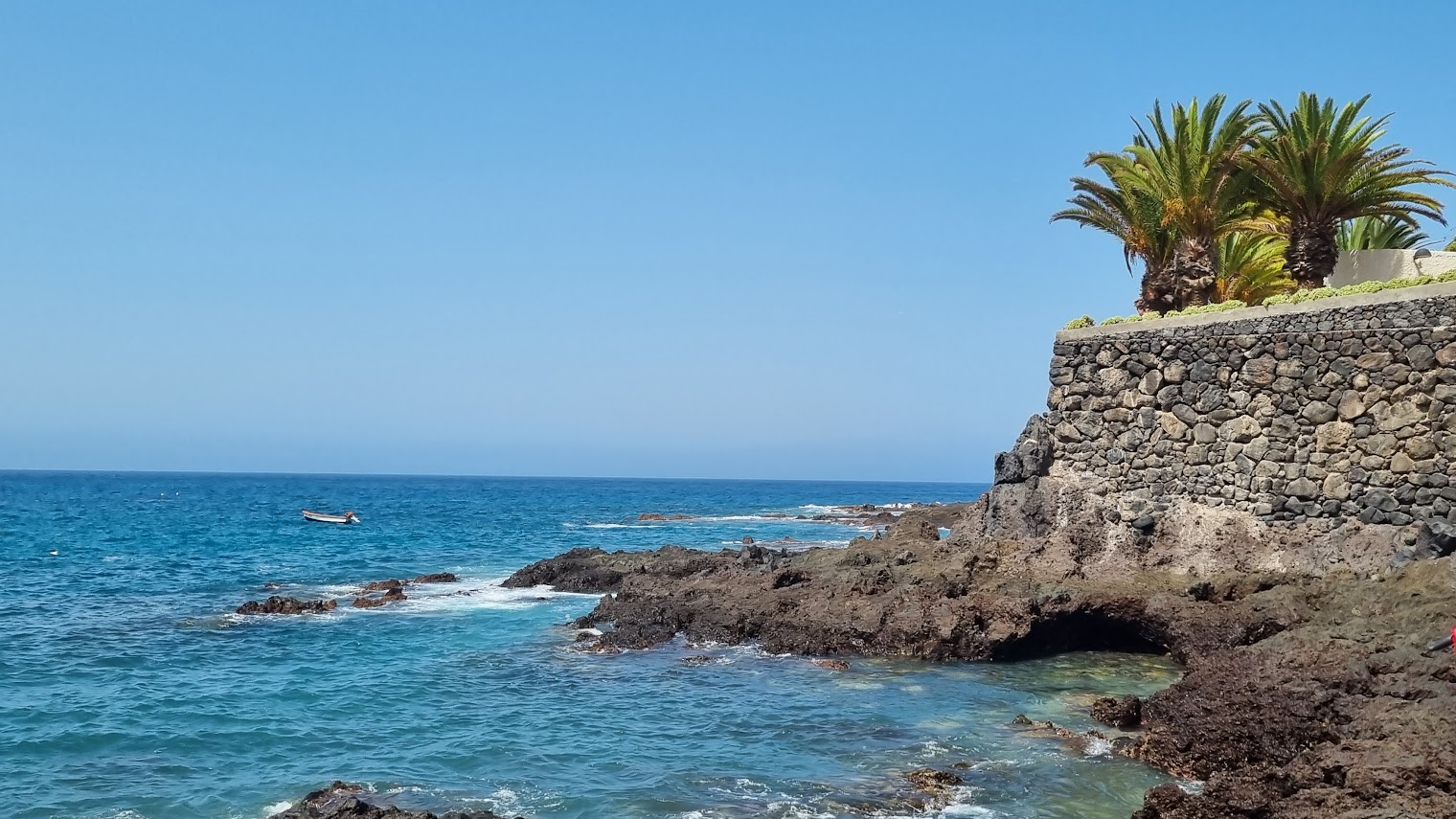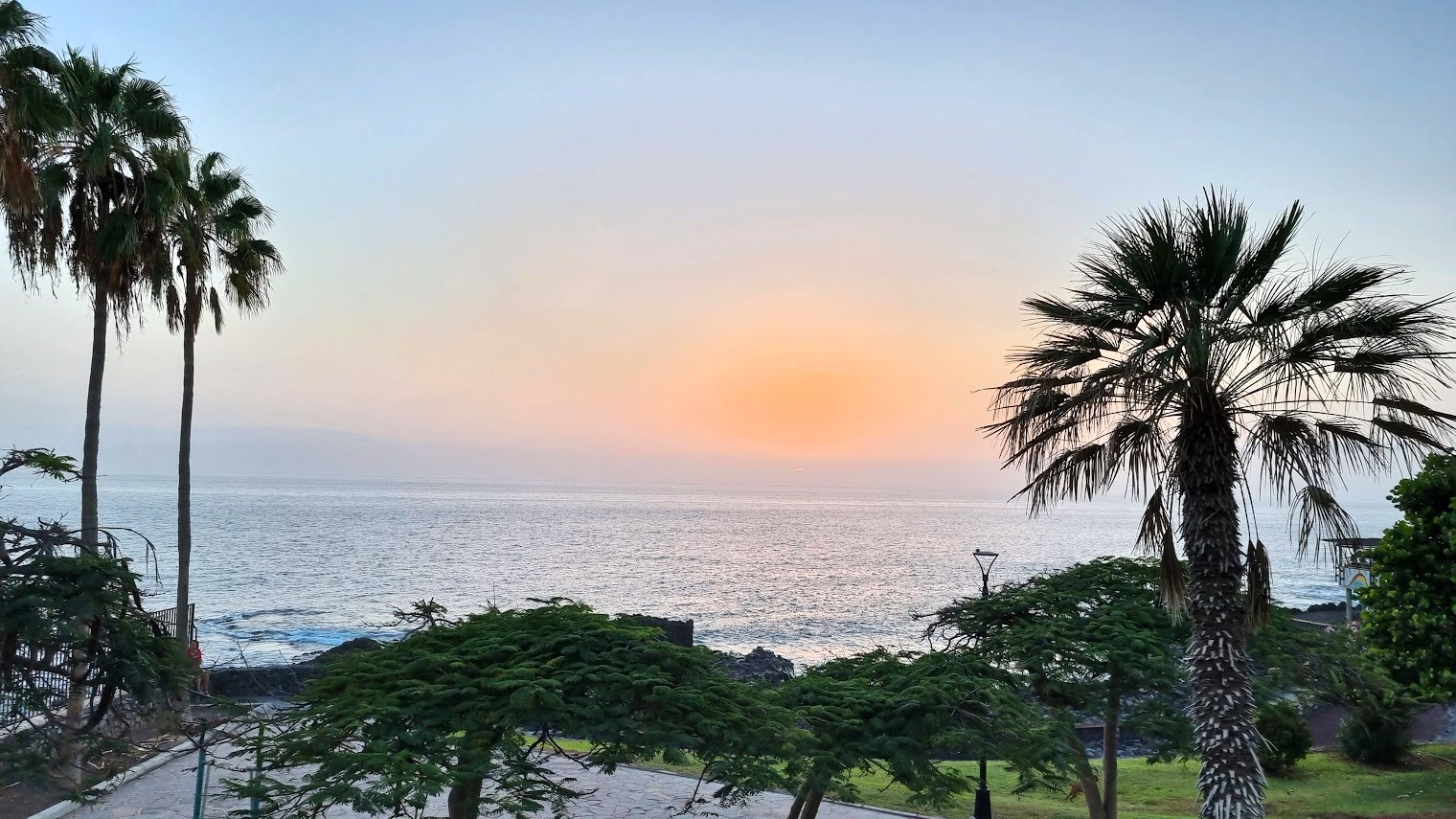Tenerife Weather in November
Tenerife’s climate is pleasantly warm all year round. The island is geographically close to the African continent and is situated at the same latitude as the Sahara Desert. Due to the northeasterly trade winds and the Canary Current, temperatures in Tenerife do not get quite as hot as on the North African mainland.
Microclimates in Tenerife
Due to its varied landscapes and topography, with mountains and coastal areas, Tenerife is characterised by diverse microclimates. This means that the weather, including temperatures, rainfall and wind can differ, depending on which part of the island you are visiting.
The information on this page gives you an average across the island. If you are visiting the northern parts of Tenerife and higher elevations, you may experience slightly cooler temperatures and more rainfall, while the southern coastal areas might be a little warmer and sunnier.
Temperatures in November
While the heat of the summer is gone by the time it gets to November, Tenerife experiences mild and comfortable temperatures during this month.
Air Temperature
Daytime
On average, you can expect daytime temperatures to range from around 20°C to 25°C (68°F to 77°F).
Nighttime
At night, temperatures typically drop, with coastal areas experiencing temperatures ranging from 15°C to 20°C (59°F to 68°F).
Sea Temperature
In November, the sea temperatures around Tenerife begin to cool slightly compared to the warmer months of summer and early autumn. However, the sea is still generally comfortable for swimming and water activities. Water temperatures range from around 20°C to 23°C (68°F to 73°F). It’s worth noting that these can fluctuate based on factors such as ocean currents and weather patterns, so you may want to check a current sea temperature forecast before planning your aquatic adventures.
Sunshine
Daylight hours
Tenerife experiences a gradual decrease in daylight hours during the month of November as the island moves towards the winter season, with around 10 to 11 hours of daylight per day. As November progresses, the days become shorter, and the sun starts to set earlier in the evening compared to the summer months. Nevertheless, there is still ample daylight for exploring the island and enjoying outdoor activities during this time of year.
Number of sunny days
In November, Tenerife typically experiences a mix of sunny and cloudy days. On average, you can expect around 15 to 22 sunny days during the month. However, this can vary depending on the specific weather patterns for that year. Compared to summer and early autumn, you may encounter more cloud cover and occasional rainfall. Nevertheless, sunny days are still common during November, making the island a great destination for anyone seeking warmth and sunshine in late autumn.
UV-Index
The UV-index is a measure of the strength of ultraviolet (UV) radiation from the sun that reaches the Earth’s surface. It’s an important indicator of the potential for harm from unprotected sun exposure.
In Tenerife, the UV index still ranges from around 5 to 7 in November. This falls into the category of moderate to high UV exposure according to the World Health Organization (WHO) classification.
While the UV index may not be as intense as during the summer, it’s still essential to take precautions to protect your skin from sunburn and potential long-term damage. Be sure to wear sunscreen, sunglasses, and a wide-brimmed hat, and seek shade during peak UV hours, especially between 10 am and 4 pm, when the sun’s rays are strongest.
Rainfall in November
November is one of the wetter months in Tenerife, with an average of 36 mm of rainfall or around 3 to 6 rainy days. However, this is still very little, compared to the UK average of 96 mm of rain and around 15 rainy days during the month of November.
Wind
Tenerife experiences varying levels of wind throughout the year, and November is no exception. In general, November tends to be less windy compared to the windier months of summer and early autumn. The wind in Tenerife is influenced by several factors, including the trade winds, local topography, and weather systems. The island’s landscape, with its mountains and valleys, can create localised wind patterns.
On average, wind speeds in Tenerife during November can range from 10 to 20 kilometres per hour (6 to 12 miles per hour). However, gusts may occasionally reach higher speeds, especially in coastal areas and at higher elevations.
What to Wear in Tenerife in November
Be prepared for some variability, due to the potential differences in temperature between day and night and the occasional chance of rain. Here are some suggestions of what to bring for your stay in Tenerife in November:
- Light layers: During the day, temperatures can be warm enough for short sleeves or light clothing, especially in the southern parts of the island. However, mornings and evenings might be cooler, so having a light jumper or jacket can be useful.
- A mix of long trousers and shorts: Trousers are suitable for cooler mornings and evenings, while shorts can be comfortable during the warmer parts of the day.
- Comfortable footwear: Bring comfortable walking shoes or sandals, especially if you plan on exploring the island’s natural attractions or hiking trails.
- Swimwear: While swimming might not be a priority for everyone in November, if you’re staying at a hotel with a pool or plan to visit the beach, don’t forget to bring your swimwear.
- Rain gear: While you won’t be experiencing a lot of rain in November, it’s still a good idea to pack a lightweight waterproof jacket or umbrella, just in case.
- Sun protection: Don’t forget to pack sunglasses, a hat, and sunscreen to protect yourself from the sun, especially during the sunnier parts of the day.
- Casual clothing: Tenerife generally has a relaxed atmosphere, so casual clothing like t-shirts, dresses, and shorts are appropriate for most situations.
- Evening wear: If you plan on dining out or attending any evening events, you might want to bring slightly dressier attire, such as a nice shirt or dress.
Check the forecast
Before you set off on holiday, don’t forget to check the forecast for your travel dates to get the up-to-date information on temperatures and weather patterns during your stay in Tenerife.
Tenerife Climate and Weather throughout the Year
Please see the following pages for more information.
